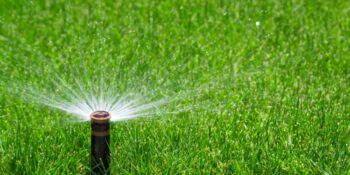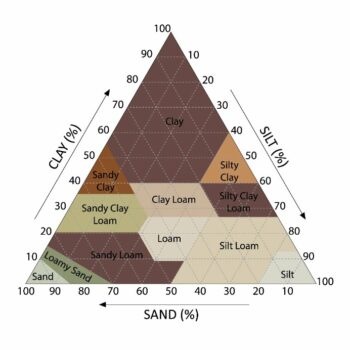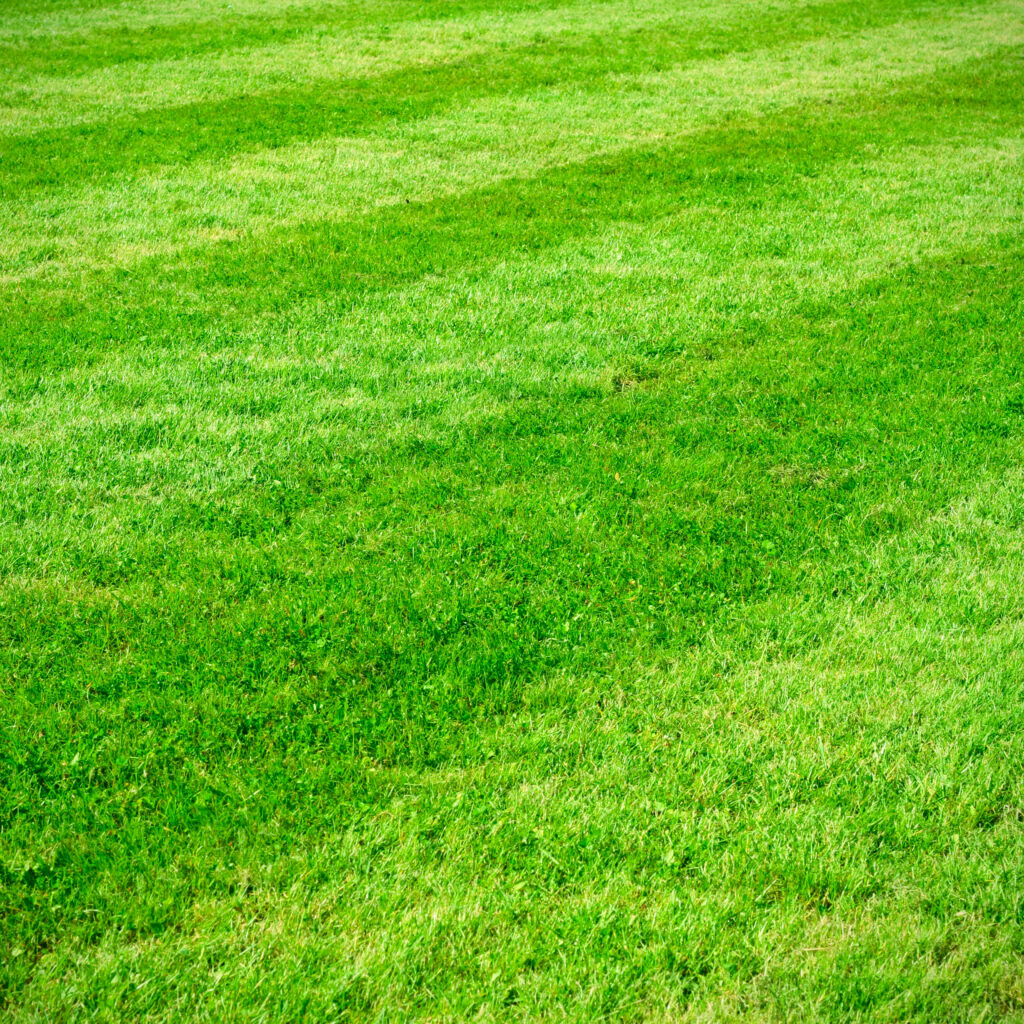Water is a crucial component for the health and growth of a lawn. However, water retention is a challenge for many homeowners, especially those with sandy or clay soils.
Inconsistent moisture levels result in patchy, dull grass and even encourage weed growth. Fortunately, a few simple steps will help improve water retention in your soil, leading to a healthier, greener lawn. In this article, we’ll explore how to improve water retention in lawn and promote optimal lawn health.
Step 1: Infrequent and Deep Watering

To encourage deeper roots and improve water retention, water your lawn infrequently but deeply. This means watering your lawn longer but less often, allowing the water to penetrate the soil to a depth of at least 6 inches.
Deep watering promotes deep root growth, allowing the grass to access moisture during dry periods. Using a rain gauge or moisture meter can help determine when your lawn needs watering.
The Texas Cooperative Extension Service tells us (n.d.) homeowners who water every other day are overwatering. Air is forced out of soil that is continually saturated. Since roots need air, overwatering tends to promote very shallow roots (para. 2).

Step 2: Improve Soil Condition
Healthy soil plays a crucial role in water retention. Sandy and clay soils, in particular, have poor water-holding capacity.
By improving the soil condition, you can enhance water retention in your lawn.
Consider adding organic matter, such as compost, to improve soil structure and moisture-holding ability.
This will make it easier for the soil to absorb and retain water.
We offer a soil rejuvenation service to revitalize and nourish your lawn’s soil.
Step 3: Proper Mowing Techniques

Proper mowing techniques also affect water retention. Mowing your lawn too short can stress your grass and expose the soil, leading to water evaporation.
Keep your mower blades set to the recommended height for your grass type, typically between 2.5 to 3.5 inches. This will provide shade for the soil, reducing evaporation and improving water retention.
Check out our lawn mowing service page.
 Step 4: Use Mulch
Step 4: Use Mulch
Mulching is an excellent way to improve water retention in your lawn. Mulch helps retain moisture, prevent soil erosion, and suppress weed growth.
Apply organic mulch, such as wood chips or shredded leaves, to your lawn to promote optimal growth and water retention.
Avoid using synthetic mulch, which can repel water and adversely affect soil health.
Step 5: Aerate
Aeration is a process that removes small plugs of soil from your lawn, allowing air, water, and nutrients to penetrate the soil. Aeration also helps break up compacted soil, promoting better water retention and deeper root growth.
North Dakota State University (2017) says that the optimal time to aerate is late August to mid-September, after the lawn has broken out of its summer dormancy. These lawns are primed for optimal growth. Spring is another good time (para. 3).
Step 6: Proper Fertilization
Proper lawn fertilization can also aid in improving water retention in your lawn. A balanced fertilizer, with essential nutrients such as nitrogen, phosphorus, and potassium, will promote healthy grass growth and help the soil retain moisture.
However, it’s important not to over-fertilize, as this can lead to excessive growth, increasing water demand.
Wrapping Up
Improving water retention in your lawn requires time, effort, and proper care. By following the steps outlined above and maintaining a regular lawn care schedule, you can enhance the health and growth of your lawn.
For optimal results, consider working with Ryno Lawn Care to ensure the proper techniques and products are used. A healthy and lush lawn is within reach with the right lawn care practices!
References
North Dakota State University. (2017). Should you aerate your lawn. North Dakota State University. https://www.ag.ndsu.edu/yardandgardenreport/2017-08-18/should-you-aerate-your-lawn/
Texas Cooperative Extension Service and Texas Water Development Board. (n.d.). Watering your texas lawn..how do you know how much is enough. Agrilife Extension. https://wise.agrilife.org/files/2020/04/Lawn-how-much-water-is-enough.pdf


 Step 4: Use Mulch
Step 4: Use Mulch


One Response
How do you apply mulch to an existing lawn? Just spread it out over the grass and rake it in?